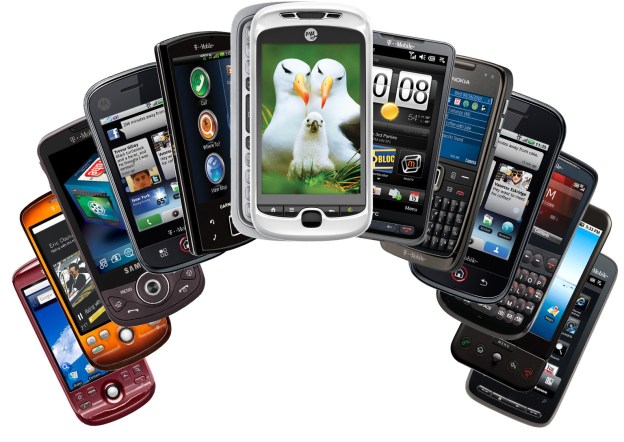
Do you consider yourself a gamer? Planted at your computer/television at every possible waking hour, trying to up your skill level? No? You may not think so, but chances are, you’re a gamer whether you want the label or not.
As reported by Games Industry International, 80 percent of all U.S. consumers are now considered gamers. Surprised? While you may not be logging on every night to improve your World of Warcraft standing, you are probably playing games on your phone during your morning commute, or when you’re lounging in front of the television at night.
Sure, your phone may not be a stereotypical gaming console, but smartphones are now being considered as such. According to the survey, 35 percent of players said that a legit console – like Playstation or Wii – is their preferred means of gaming; 34 percent responded that mobile – cell phones, tablets, and e-readers – is what they turned toward to get their game on.
Not surprisingly, guys are the most avid console gamers, to the tune of 49 percent. But it’s women that tip the scale, bringing mobile into the gaming world, with 45 percent saying they game on their mobile device.
What has helped to make the change is the excess of free games available to users. People are more likely to game on when there’s no charge. The survey showed that 77 percent of people prefer gaming when there’s no cost.
Though free games oftentimes have in-games purchases, men still dominate the field. On average, men will spend $13.38 per month on purchases, whereas women restrain themselves to a mere $4.84.
So, given this information, do you now consider yourself a gamer?
Editors' Recommendations
- Have one of these Google Pixel phones? You’re getting Circle to Search
- Have a Google Pixel phone? You’re about to get these new features
- If you have one of these Motorola phones, you’re getting a big Android update
- If you can’t stand ads on Instagram, you’re going to hate this update
- You’re ruining your iPhone 14 Pro if you turn off the always-on screen


